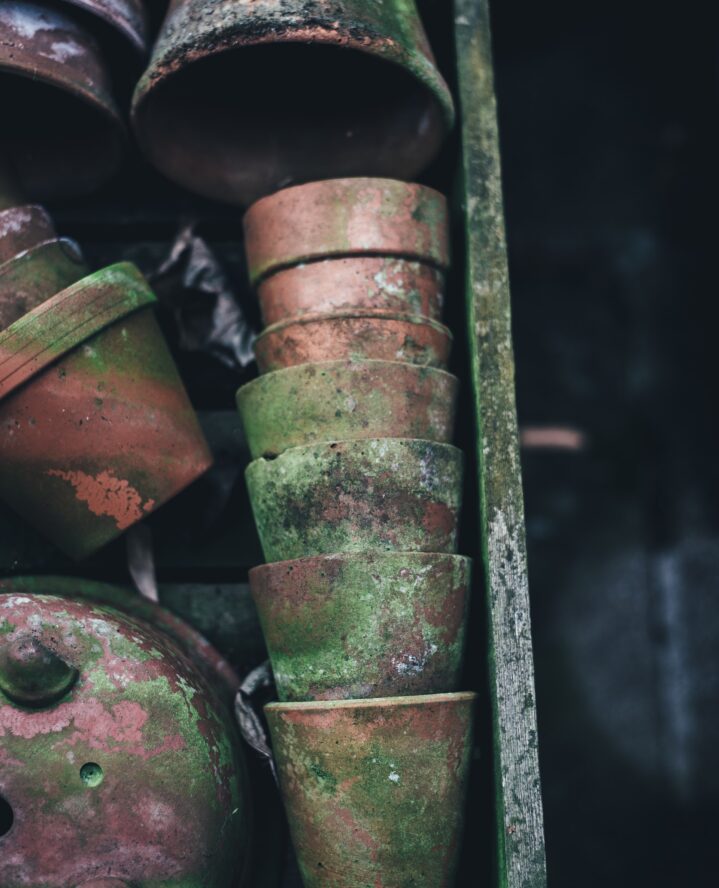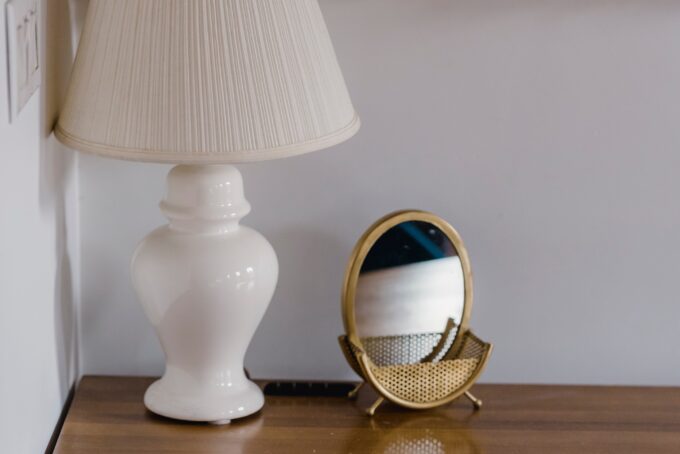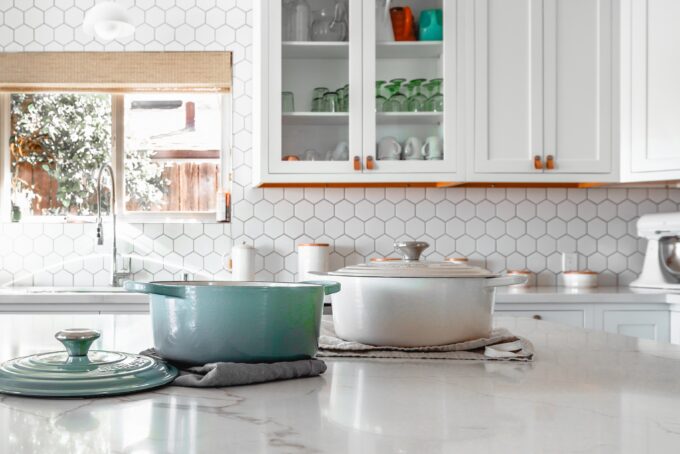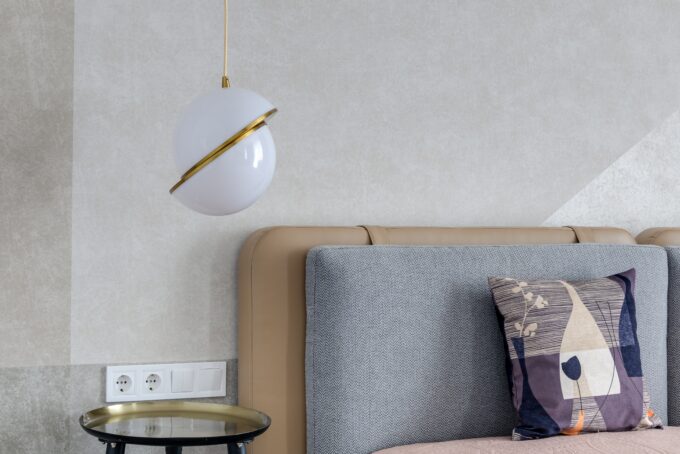Let’s say you need to get up from the table while eating. Do you know how to properly leave your food unattended? What about your bath, kitchen, or clothes? Suppose these places are unattended for a while without proper cleaning. In that case, there is a high possibility of molds growing within those areas. But, what exactly does mold look like?
Molds can look like specks of green or brown, furry growth, or even black stains. They are everywhere … inside of your house, in your office, and even in the backyard. The growth of mold can be problematic if not prevented early enough. With variations in color, molds can occur in nearly every place in the house, from the bedroom, sink, and toilet to walls and ceilings. This can lead to prolonged exposure to mold, which is not good for health, especially for people allergic or sensitive to it.
Proper cleaning and watching humidity levels can help prevent the growth of mold.
What Are Molds?
Molds are microorganisms. Yes, they are living things that can be found everywhere. Moist and humid environments mostly contribute to their growth. Within the house, mold can quickly grow in bathroom walls and trim around the windows. These surfaces have favorable conditions that facilitate their rapid growth.
What Does Mold Look Like: Mold Colors
Molds appear in different colors, primarily affected by their age and existing conditions, such as the food source, humidity levels, and the amount of light. In other words, the color of molds changes depending on their maturity level or changes in environmental conditions.
Different mold colors include:
Green mold
This is the most common color of mold. The green color is a result of a mold producing green spores. They are usually powdery and fuzzy in texture and commonly grow on food like fruits and bread.
The green color does not necessarily mean mold is from one species. Some mold species that have green color include Penicillium, Aspergillus, and Cladosporium.
Black mold
This type of fungus is usually dark green or black in color. Black mold exists in many kinds, but the most common is the Stachybotrys chartarum. This mold usually grows and spreads on materials rich in cellulose.
The rapid growth of black mold is contributed by warm temperatures and moist environments that can be found around leaks within the house, such as windows, roofs, and showers.
Black mold is not necessarily deadly for most people. The trouble lies with people who are sensitive or allergic to molds, as they can be severely affected by the microorganism. Someone allergic to black mold may have serious symptoms immediately after spores come into contact with their body.
White mold
This is another common sighting in households with humid and damp conditions. It is easy to spot a white mold that can appear on food such as bread or vegetables. White molds can also appear on carpets or wallpaper that have been damp for a long time.
Continuous contact with white mold can cause serious health issues such as allergies or sensitivity to the mold. The best way to prevent white mold is to clean up the areas it has started to appear and get rid of it before it becomes a problem.
Signs of Mold in the House
Here are some signs that might show the presence of mold in the house:
Strange smell
This might be the first sign that indicates the presence of mold in the house. The smell is usually faint from the start and intensifies over time. The mold overgrowth will release microbial, volatile compounds into the air, producing unpleasant smells.
Asthma or allergies
According to the CDC, mold is one of the most common indoor triggers of asthma or allergies. The spores released by molds are airborne irritants that can worsen asthma and allergy symptoms such as frequent sneezing, shortness of breath, and chest tightness.
Dark stains on walls
The presence of humidity and moist conditions around walls or ceilings favors the rapid growth of mold. The growing mold will take the appearance of dark stains.
Coughs or cold
Prolonged mold exposure can irritate respiratory conditions like pneumonia or recurring bronchitis. Since this can be problematic if not addressed early enough, it is best to seek professional assistance from a doctor.
Where to Check for Mold
Here are some of the areas where molds are likely to be found:
- In the basement
- In the kitchen
- Couch and curtains
- On the mattress
- Countertops
- Sink and toilet
- Walls and ceilings
Ways to Prevent Mold Growth
Here are some ways to clean or remove mold:
- Keep humidity levels as low as possible
- Clean beds or bathrooms
- Fix any leaks
- Ensure proper air circulation
- Regular house cleaning
- Use a dehumidifier
Molds can grow everywhere as long as the surrounding conditions are conducive for its growth. This is facilitated by moist and humid environments that spur the growth of molds. Depending on humidity levels and how mature a mold is, its colors can greatly vary from brown, white to black. The appearance of the mold can be fuzzy or slimy patches that increase in size as they grow.
Prolonged mold exposure can be dangerous, especially to people sensitive or allergic to the microorganism. Mold can worsen certain health conditions, such as asthma, allergy, or respiratory illness, which might require immediate medical attention. Keeping the house humidity level as low as possible and constant cleaning can help prevent mold growth. Also, using mold-killing products such as disinfectants can help stop mold growth.
popular posts
- 1It’s Black Business Month, So Let’s Go Shopping and #BuyBlack!
- 2These Home Decor Items Will Instantly Make Your Space Look Outdated
- 3Black-Owned Home Decor Stores To Support Across the United States
- 4A Look Inside Elon Musk's Tiny $50,000 House
- 57 Black and Multicultural Designers To Follow For Design Inspo
Home

These 5 Kitchen Tools Will Up Your Culinary Experience
by Arielle Clay | January 19, 2023

I’ll Drink To That! Host a Black-Owned Wine & Spirit Tasting At Home
by Arielle Clay | January 20, 2023
Spaces
Whether it’s luxury or ease, every area of your home should be as fabulous and unique as you.

A New Study Reveals That This Item Has More Germs Than A Toilet Bowl
by Kelsey Marie | April 25, 2023
FOLLOW ALONG ON INSTAGRAM
#homeandtexture
Find us on social for more home inspiration where culture, personal style, and sophisticated shopping intersect to help you create a home where you love to live.





